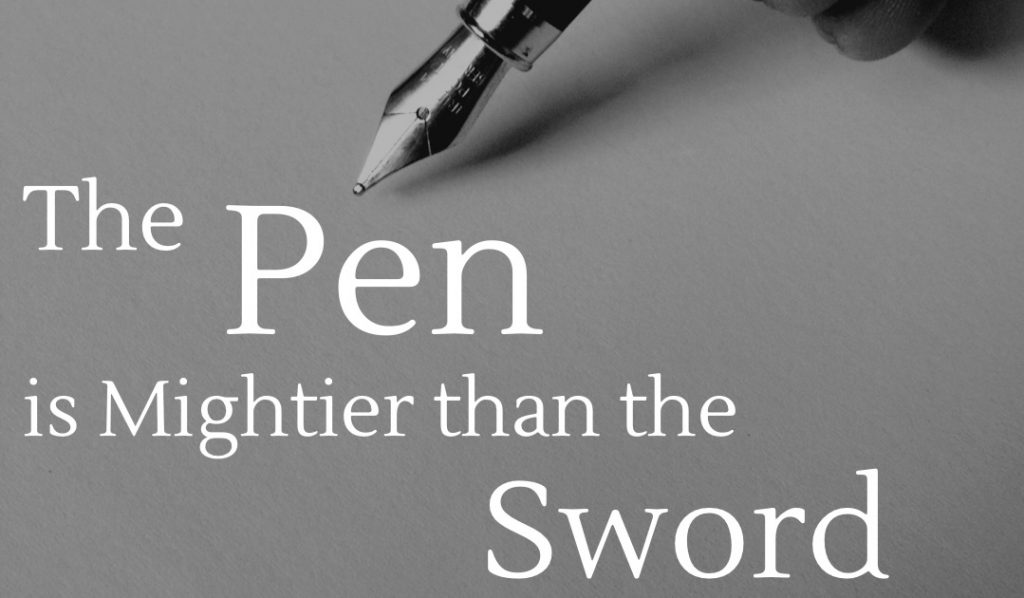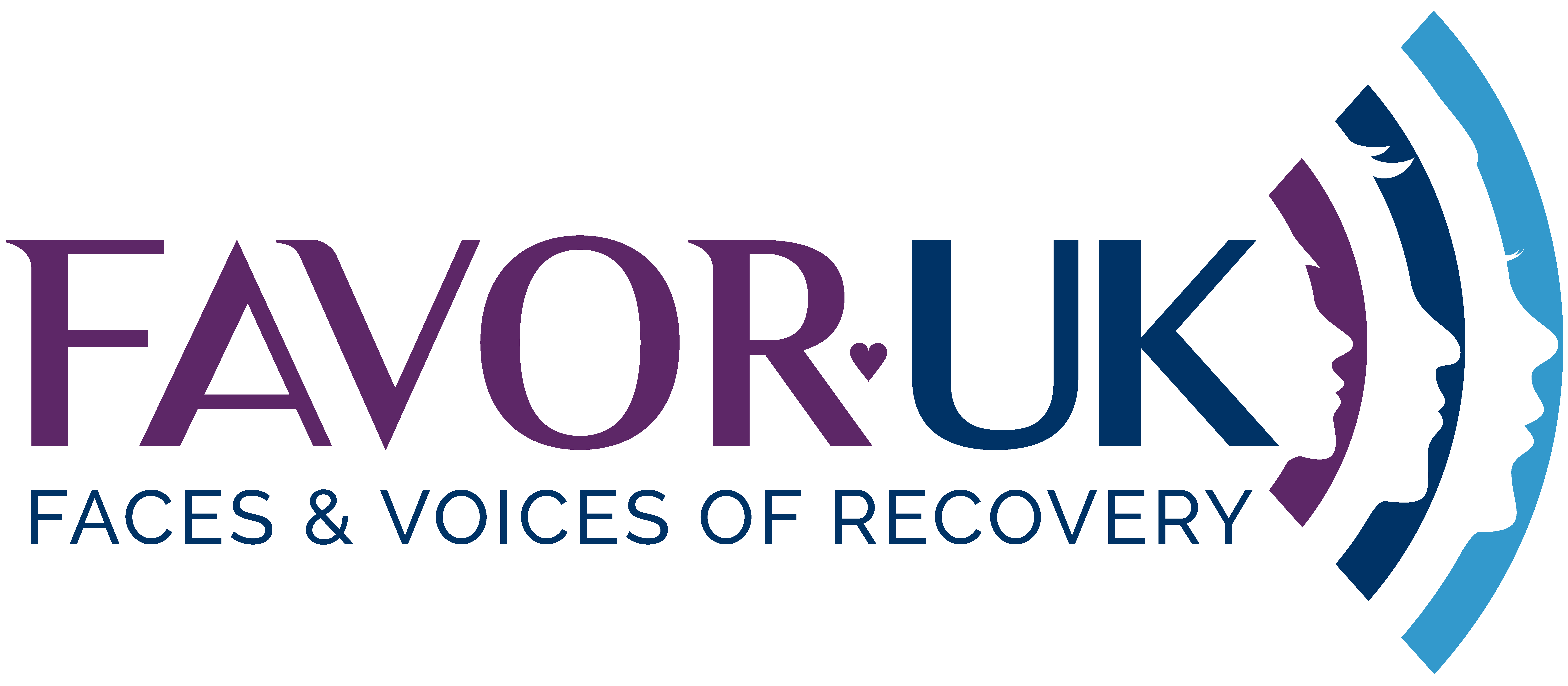This was written as a response to the article here posted by the Journalist Alasdair Soussi.
Thanks
@AlasdairSoussi – indeed a pleasure to engage in conversation. Yet, as is often the case with quotations, journalists must navigate word count limitations. Here, I share the remaining responses to your questions, which, due to their depth, couldn’t all find their place in the article. Despite the relentless challenge of having severe dyslexia, I’ve have recently came to accept that the struggle of writing is a battle worth fighting, for I do not wish for the words I struggled to write to go unread. (even if its just by one person) As the age-old wisdom goes, “The pen is mightier than the sword.” Therefore, I continue to wield the pen, knowing that the power of words can be a force for change. I was reminded of the african proverb “Until the lion learns how to write every story will glorify the hunter” These thoughts I share for those who seek to delve deeper into the conversation.
Dear Alasdair Please use whatever you can from my answers here. The forthcoming implementation of a pilot drug consumption room (DCR) in Glasgow has ignited both hope and debate regarding its potential impact on Scotland’s drug crisis. While many hail it as a major step forward, the perspective on this issue is nuanced, with several important considerations.DCRs, modeled after successful harm reduction interventions in other countries, have demonstrated effectiveness in reducing overdose deaths, preventing the transmission of diseases like HIV, and providing access to addiction treatment and support services. Proponents argue that DCRs can save lives and serve as a crucial bridge for those seeking recovery. However, it’s essential to recognise that DCRs alone cannot comprehensively address Scotland’s complex drug crisis. The roots of addiction are entwined with social determinants of health, economic disparities, and trauma, which also demand attention. DCRs primarily focus on harm reduction, mitigating immediate risks, but they do not directly guide individuals toward recovery or abstinence from drug use. One key aspect in evaluating the impact of the pilot DCR in Glasgow is its integration into a broader strategy. It should not be viewed as a standalone solution but rather as a vital component of a comprehensive approach to addiction and recovery. To effectively combat Scotland’s drug crisis, resources must be allocated to a range of initiatives, including harm reduction efforts like DCRs, but also treatment expansion, recovery services, and prevention programs. The success of the DCR pilot should be measured not only by its ability to reduce harm but also by its effectiveness in connecting individuals with the necessary support and treatment to break free from addiction.
Allocation of Investment
Recognising the importance of accommodating diverse opinions, it is vital to address the allocation of Glasgow’s £50 million treatment budget, which has raised concerns. Currently, only a meager half a million pounds are designated for rehabilitation efforts aimed at assisting individuals in their journey toward overcoming addiction and achieving freedom from dependency. Recent developments indicate plans to allocate £2.3 million for the DCR, following the removal of nearly a million pounds from Glasgow’s 218 recovery service. An additional £4 million is consistently invested annually in Heroin-assisted treatment, with a conservative estimate suggesting £1.3 million in Glasgow alone allocated to needle exchange programs. The prevailing call from
@FAVORUK is for a more balanced and equitable distribution of these resources. Never to take money from these valuable Harm reduction interventions but to match the investment also with recovery services. In summary, while the pilot drug consumption room in Glasgow is a positive development, it should be seen in the context of a comprehensive strategy that addresses the multifaceted nature of Scotland’s drug crisis. It can serve as a valuable harm reduction tool, but its ultimate impact hinges on how well it is integrated with efforts to promote recovery and address the root causes of addiction.
We also wrote a more nuanced blog about it here https://facesandvoicesofrecoveryuk.org/drug-consumption-rooms-in-scotland/2….
Paint a picture =Imagine a vibrant city like Glasgow, known for its rich culture and history, but also struggling with a very obvious and unavoidable epidemic. All across the city, there are individuals and families grappling with the harsh realities of addiction. On one street, you might encounter Johnathon, a middle-aged man who once had a promising career and a loving family. However, addiction took hold of his life, and he lost his job, his home, and his connections with his loved ones. John now spends his days begging and searching for his next fix, trapped in a cycle of despair without any hope of getting a place in rehab .
For the 18, 060 problem drug users & 132,955 problematic alcohol users in the Greater Glasgow & Clyde area, there are only 23 publicly funded rehab beds. https://glasgowcity.hscp.scot/sites/default/files/publications/Demographics_Report_0.pdf…
Just a few blocks away, there’s Sarah, a young woman who grew up in a one of Glasgows housing schemes riddled with poverty and limited opportunities. She turned to drugs as a way to escape the harshness of her reality, a childhood of neglect, sexual abuse and poverty. Over the years, her health has deteriorated, and she’s been in and out of hospitals due to overdose & wound infection incidents. Her family watches helplessly as her addiction spirals out of control, and they live in constant fear of receiving that dreaded phone call. Despite being addicted for 22 years years & in contact with services for 19 years, Sarah has never been offered a place at rehab despite having asked many times about the possibility. She has always been told she is not suitable or not committed enough without further explanation In a nearby church garden, you might see a makeshift memorial, adorned with candles and photographs & countelss white crosses hammered into the grass. It’s a tribute to those who have lost their lives to drug-related deaths. The names and faces on the memorial tell a haunting story of lives cut short and potential unrealised. Friends and families gather there to remember their loved ones and to raise awareness about the urgent need for change.
Scotland’s high number of drugs-related deaths is not just a statistic; it’s a reflection of countless personal tragedies. It’s the story of mothers and fathers, sons and daughters, friends, and neighbours who have been swept away by the relentless grip of addiction. It’s about shattered dreams, fractured communities, and a healthcare system overwhelmed by the demand for treatment. It is also a system led by people who no longer believe or invest in recovery. But amidst this bleak landscape, there are also stories of resilience and hope. Organisations like Faces and Voices of Recovery UK are tirelessly advocating for a more compassionate and balanced approach to drug policy. They’re working to ensure that individuals struggling with addiction have access to the support and treatment they need to rebuild their lives. So, while Scotland’s struggle with drugs-related deaths paints a grim picture, it’s also a call to action. It’s a reminder that behind every statistic is a human being, deserving of empathy, understanding, and a chance at #recovery. Read more here https://x.com/FAVORUK/status/1705006827216191768?s=20

